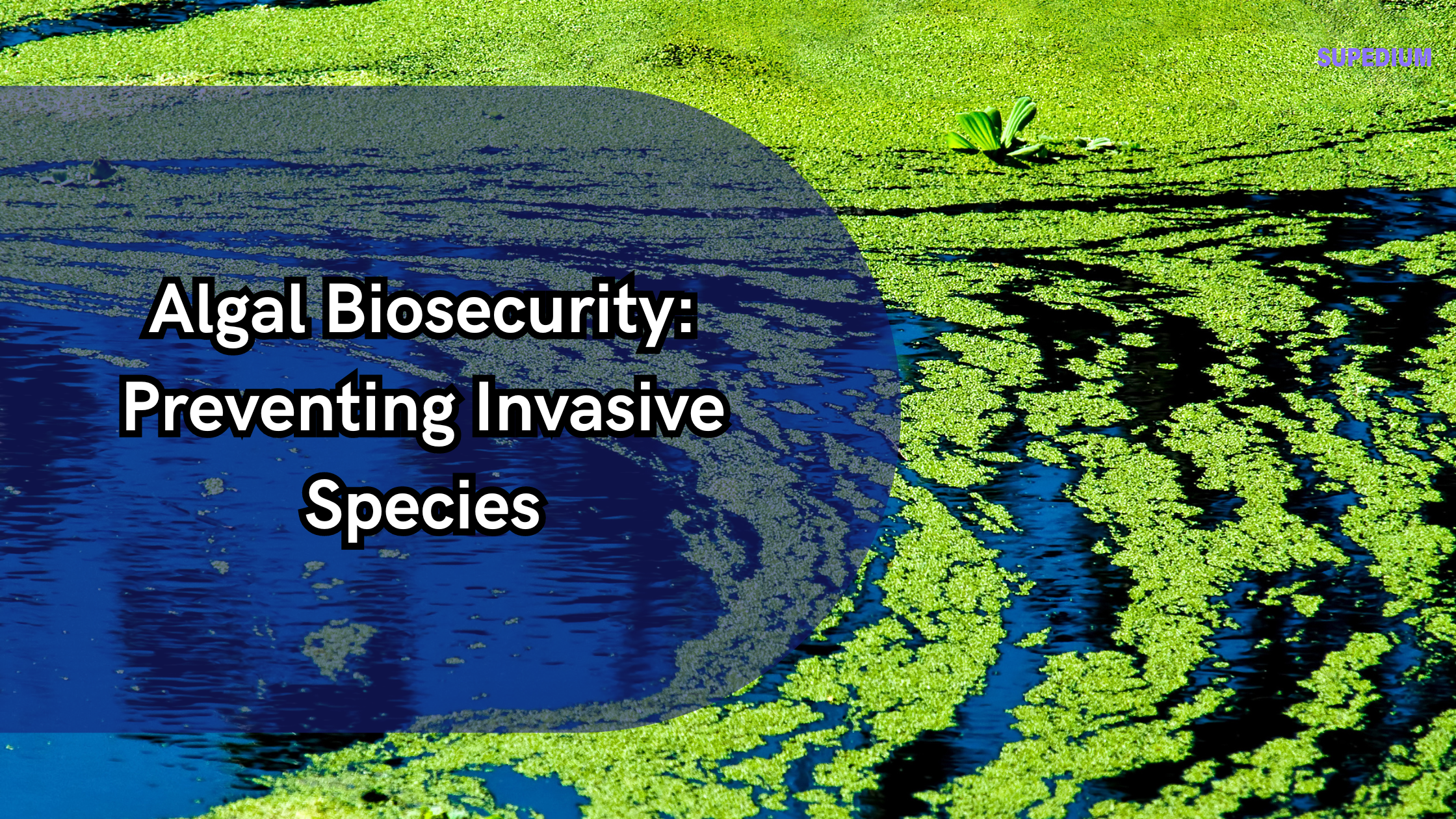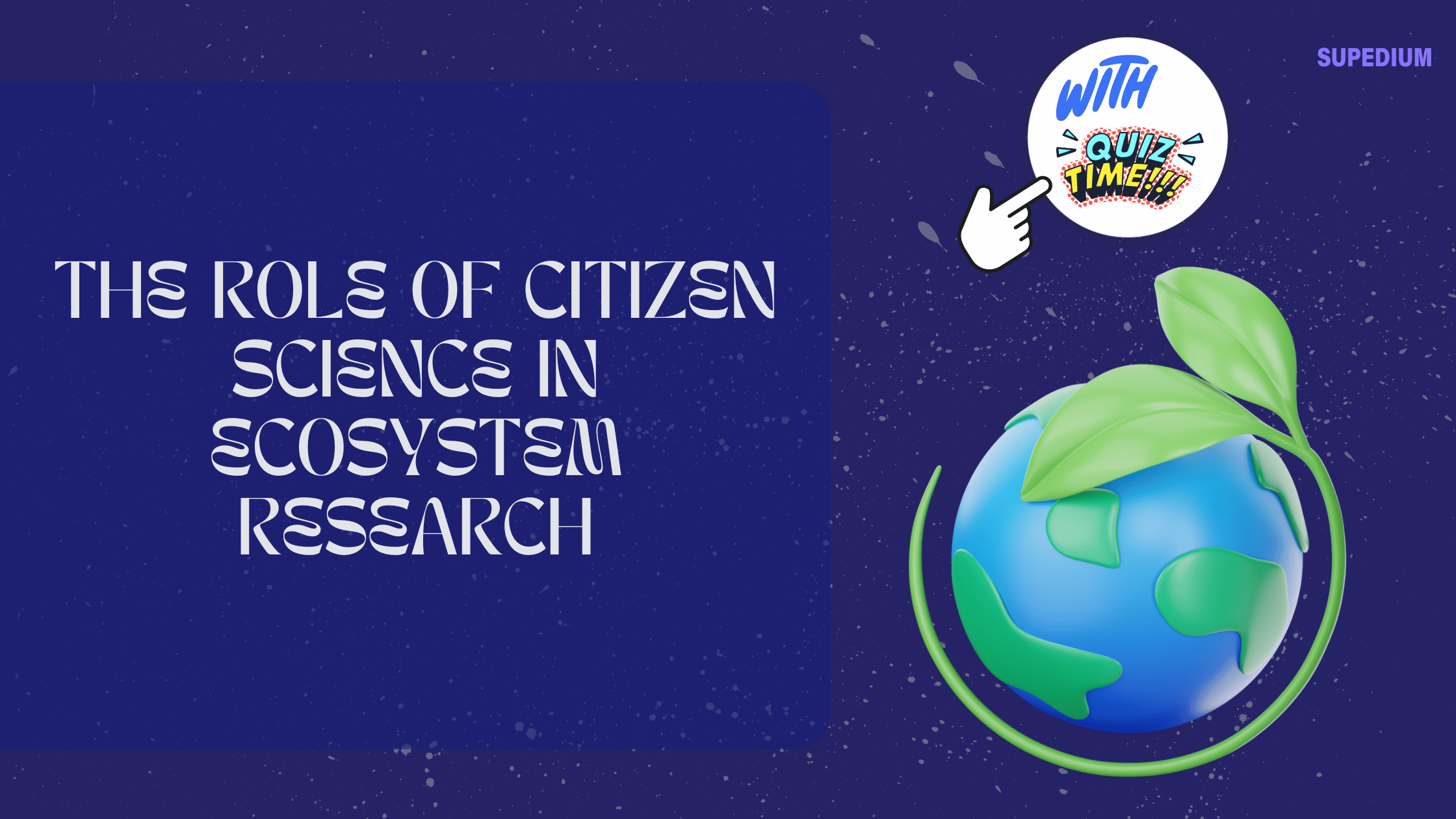Table of Contents
![]()
Introduction
Algal biosecurity refers to the measures and strategies aimed at preventing and managing the spread of invasive algal species. This field is crucial for maintaining the health of aquatic ecosystems, protecting biodiversity, and safeguarding economic and public health interests. Invasive algal species, particularly those responsible for Harmful Algal Blooms (HABs), pose significant threats due to their ability to disrupt ecosystems and cause extensive damage.
Significance of Algal Biosecurity
Ecological Impact
Invasive algal species can drastically alter aquatic ecosystems. They often outcompete native species for nutrients, light, and space, leading to a decline in local biodiversity. For example, species like Caulerpa taxifolia have been known to form dense mats that smother coral reefs and seagrass beds, disrupting the habitat for a variety of marine organisms. These disruptions can also lead to imbalances in nutrient cycles, affecting the overall health and stability of the ecosystem.
Economic Consequences
The economic implications of invasive algae are substantial. Invasive species can damage fisheries and aquaculture operations by clogging nets, smothering fish habitats, and reducing water quality. The cost of managing and mitigating algal blooms can also be significant. For instance, cleaning up and controlling harmful blooms often require extensive resources, including both financial investments and labor.
Public Health Risks
Certain algal species produce toxins that pose serious health risks to humans and animals. For example, toxins from species such as Alexandrium catenella can lead to paralytic shellfish poisoning, which affects both seafood consumers and the broader aquatic food web. Contaminated water supplies can lead to a range of health issues, underscoring the importance of maintaining effective algal biosecurity measures.
Mechanisms of Invasion
Natural Dispersal
Invasive algae can spread through natural processes such as water currents, which can carry algal cells or fragments over long distances. Animal vectors, including fish and other marine creatures, can also transport algae across different habitats. Additionally, sediment movement can facilitate the spread of algal species by transporting their spores or reproductive cells.
Human-Associated Dispersal
Human activities are significant contributors to the spread of invasive algal species. Ballast water from ships, which often contains a mix of aquatic organisms from various regions, can introduce new algal species to non-native environments. Aquaculture practices can also play a role, as algae can hitch a ride on equipment and stock. Furthermore, trade and recreational activities, such as the release of aquarium plants and animals into natural water bodies, can unintentionally introduce invasive algae.
Prevention Strategies
Regulatory Framework
A robust regulatory framework is essential for preventing the spread of invasive algal species. International agreements, such as those set by the International Maritime Organization (IMO), establish guidelines for managing ballast water to minimize the risk of introducing invasive species. National and regional regulations also play a crucial role in monitoring and controlling the spread of algae, with enforcement mechanisms designed to ensure compliance.
Monitoring and Surveillance
Effective monitoring and surveillance are key components of algal biosecurity. Early detection systems, including remote sensing and satellite monitoring, enable the identification of potential algal blooms before they become widespread. Community-based reporting and citizen science initiatives also contribute valuable data, helping to track and manage algal populations.
Risk Assessment
Risk assessment involves identifying high-risk areas and species that are most likely to become invasive. Developing predictive models can help forecast potential invasions and inform management strategies. This proactive approach allows for targeted interventions and resource allocation to mitigate the impact of invasive algal species.
Management and Control Measures
Control Methods
Various control methods are used to manage invasive algal species. Chemical treatments, such as algicides, can be effective in reducing algal populations, though they must be used cautiously to avoid harming non-target species. Biological controls, including the introduction of natural predators or competitors, offer a more environmentally friendly approach. Mechanical harvesting, which involves physically removing algae from affected areas, is another method used to manage blooms.
Mitigation Strategies
Mitigation strategies focus on reducing the risk of future invasions and restoring affected ecosystems. Habitat restoration and conservation efforts can help rebuild damaged environments and support the recovery of native species. Adjusting water management practices, such as controlling nutrient runoff and optimizing water flow, can also reduce the likelihood of algal blooms. Public education and awareness campaigns are crucial for informing stakeholders about the risks of invasive algae and promoting responsible practices.
Case Studies
Notable Invasive Algal Species
One notable invasive species is Caulerpa taxifolia, often referred to as the “killer alga.” This species has spread rapidly in various marine environments, including the Mediterranean Sea, where it has caused significant ecological damage. Another example is Alexandrium catenella, a dinoflagellate responsible for producing toxins that cause paralytic shellfish poisoning. These case studies highlight the diverse impacts of invasive algae and the need for effective management strategies.
Successful Biosecurity Initiatives
Successful biosecurity initiatives demonstrate the effectiveness of coordinated efforts in managing invasive algal species. For instance, efforts to manage Harmful Algal Blooms in the Great Lakes have involved collaboration between governments, research institutions, and local communities. These initiatives have led to improved monitoring systems and better understanding of bloom dynamics, contributing to more effective management practices.
Future Directions
Advancements in Research and Technology
Ongoing research and technological advancements are crucial for enhancing algal biosecurity. Innovations in detection and identification techniques, such as genomic analysis and advanced remote sensing, offer new tools for monitoring and managing algal populations. Development of new control strategies, including targeted biological controls and environmentally friendly algicides, will also contribute to more effective management.
Enhancing International Cooperation
Strengthening international cooperation is essential for addressing the global challenge of invasive algal species. Enhancing global partnerships and harmonizing regulations and best practices can lead to more effective and coordinated responses. Sharing knowledge and resources across borders will help to address the complex issues associated with algal biosecurity.
Conclusion
Invasive algal species pose a significant threat to aquatic ecosystems, economies, and public health. Effective algal biosecurity involves a combination of prevention, monitoring, management, and mitigation strategies. Continued research, technological advancements, and international cooperation are essential for addressing this challenge and ensuring the health and resilience of aquatic environments.
Share This





Be the first to comment